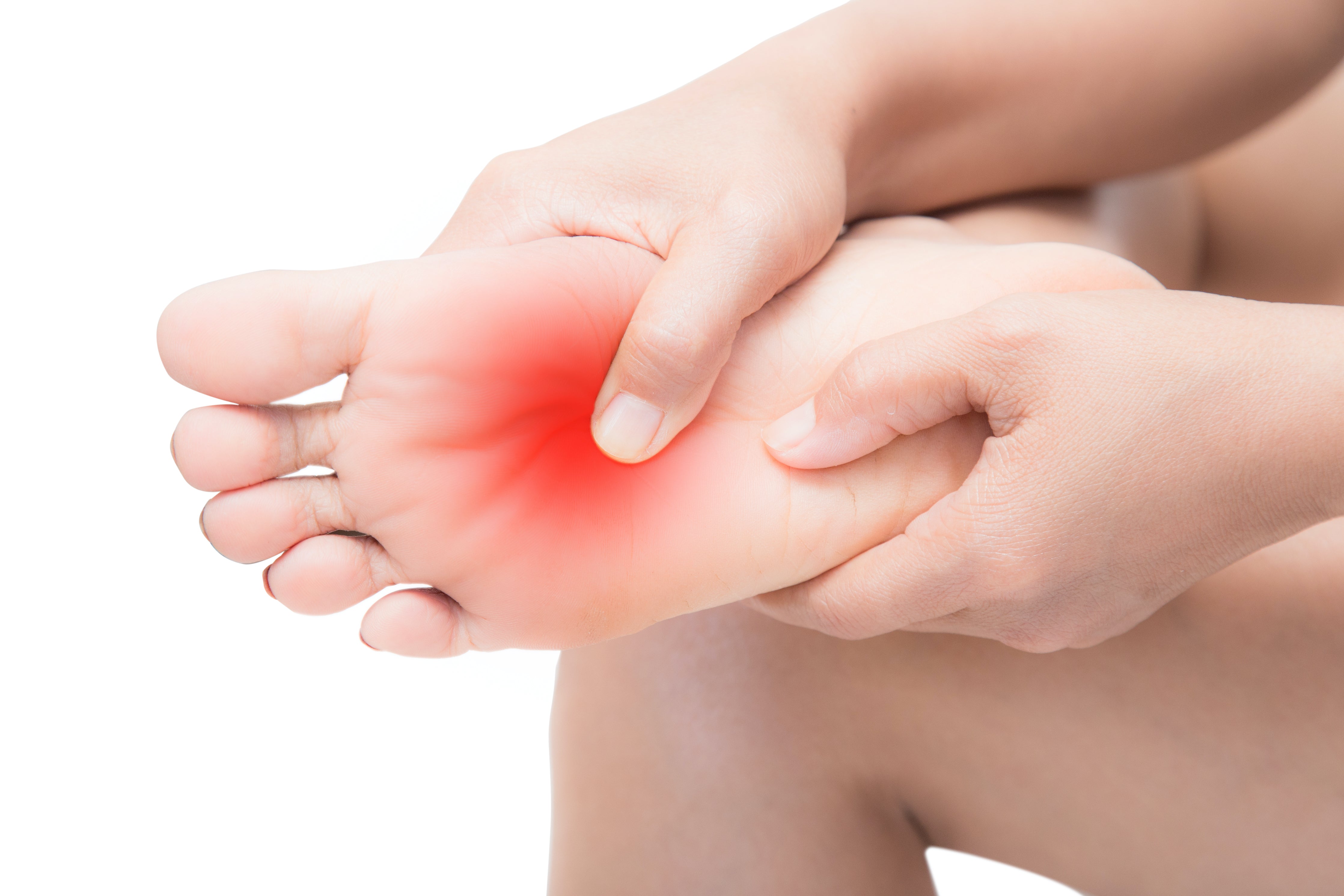Even the little things that look harmless can sometimes be potentially harmful in the end.
Latex, commonly used for its tensile strength and elasticity, is a colloidal suspension made from the milky white sap of the Brazilian rubber tree (Hevea brasiliensis).
Although things made from latex may look non-dangerous at first glance as they are found in many everyday products, having contact with these items can cause allergic reactions that, if left unattended, can be fatal.
WHO’S AT RISK

In the late 1970s, latex allergy was first recognized. This major health concern largely affected people in the healthcare sector as healthcare workers are exposed to latex gloves or medical products containing latex.
Although less than 1 percent of people in the U.S. have a latex allergy, the condition is more common in certain high-risk groups, particularly people with a birth defect in the spine called spina bifida.
The risk of latex allergy is highest in people with spina bifida as they are often exposed to latex products through early treatment. Aside from healthcare workers, rubber industry workers are also at risk. Lastly, if the condition runs in the family, you're also at increased risk of latex allergy.
WHAT'S THE CAUSE

According to the Asthma and Allergy Foundation of America, latex can be found in a lot of products, including bandages, rubber bands, condoms, rubber household gloves, rubber balls, and even balloons.
Exposure to these products, through skin contact or inhalation, causes swelling, redness, and itching. People may also experience severe reactions such as hives, swelling, runny nose or sneezing, inflammation of the eyes, breathing problems, and worse, anaphylaxis.
People also need to avoid some food as they have proteins that resemble those found in the rubber tree sap. These latex cross-reactive foods like nuts, avocado, banana, chestnut, kiwi, apple, carrot, celery, papaya, potatoes, tomatoes, and melons can also cause a reaction.
WHY SHOULD YOU BE ON THE LOOKOUT
There is currently no cure for a latex allergy, so the best possible remedy is to reduce its risks. People with latex allergies should always be vigilant about their surroundings to discern what triggers their condition and avoid serious situations.
Clothes with latex waistbands could set off a flare-up. Latex-made flip-flops could also trigger a reaction. The effect is also the same with rubber toys, condoms, and even balloons.
Besides, latex allergies have three types of reactions namely IgE-mediated allergic reactions (Type I), Cell-mediated contact dermatitis (Type IV), and irritant dermatitis.
Out of the three, Type I is the most serious and can be life-threatening as some deaths have already occurred. On the other hand, Type IV allergy is far less severe as the reaction doesn't happen instantly. Oftentimes, the flare-up happens up to two days after exposure to latex. That's mainly the reason why avoidance plays a factor.
WHEN TO SEE A DOCTOR
The symptoms of latex allergy vary from person to person, but if you think you were having an anaphylactic reaction, seek medical care immediately.
It's best if you learn how to self-inject epinephrine, an emergency medical device used to treat life-threatening allergic reactions or anaphylaxis. After using an epinephrine auto-injector, seek medical care right away as you still need to be given proper medical attention.
However, if you only deal with less severe reactions, you can talk to your doctor for further discussion and treatment. You can also tell the people around you that you have a latex allergy, so they could help when things go wrong. Aside from avoidance, awareness also plays great importance.
WHERE TO START
Latex allergy is everyone's business. Even those who aren't sensitive to latex should play a role to keep the harmful material away from those who endure its toxic touch.
Last 2020, the Latex Allergy Awareness California shared that eight states in the US, namely Oregon, California, Arizona, Colorado, Ohio, Connecticut, Rhode Island, and Hawaii, have already banned the use of latex gloves in restaurants and other food establishments.
An ordinance like this a game-changer for it removes the allergen-containing materials from kitchens and public places. It teaches other people that they could help reduce the potential hazards of latex to one's health. And being able to safely eat at restaurants without the fear of allergic reactions is a good start.
TAKEAWAY: If you know someone who has a latex allergy, kind consideration and warm support are the things that they need. Let us help them raise awareness about the condition even in our little ways by reducing the use of latex-made products. Instead of clothes with latex waistbands, use 100% organic cotton clothing.
For uncompromising prevention of severe allergies and multiple chemical sensitivities, choose our clothes that are free from allergens, elastics, harmful chemicals and dyes. View our collection here. Together, let us do our part in eliminating exposure to latex everywhere.
For more information about this annual observance, visit the Allergy & Asthma Network here.
As with any other health conditions, prevention is still better than cure when you have latex allergy. But once you start experiencing the first signs of a latex allergic reaction, consult with your doctor immediately. Want more additional information regarding latex? Read 8 Important Facts about the Dangers of Latex Material here.
DISCLAIMER: The information presented on Cottonique is not, and will never be, intended to be a substitute for professional medical advice, diagnosis, or treatment. All content materials found on this site, from text, treatments, outcomes, charts, graphics, photographs, and study findings, are created and published for general informational purposes only. It should not, in any way, be construed as a standard of care to be followed by a user of the website.
Thus, readers are encouraged to verify any information obtained from this website with other accurate references and review all information regarding any medical condition or treatment with their physician. As Cottonique strives to help those with allergies live with better days, the hypoallergenic apparel brand encourages everyone to always seek the advice of your physician or other qualified health providers with any questions you may have regarding a medical condition.






Leave a comment
This site is protected by hCaptcha and the hCaptcha Privacy Policy and Terms of Service apply.